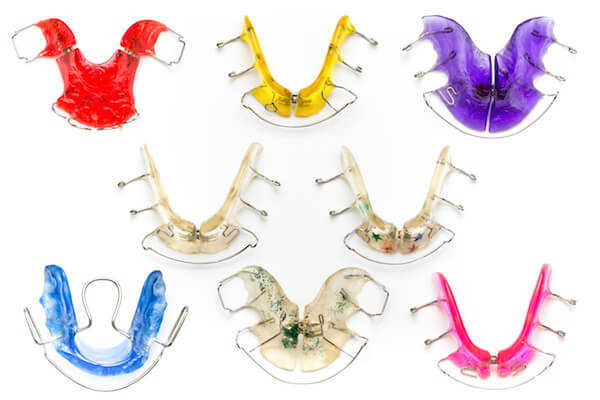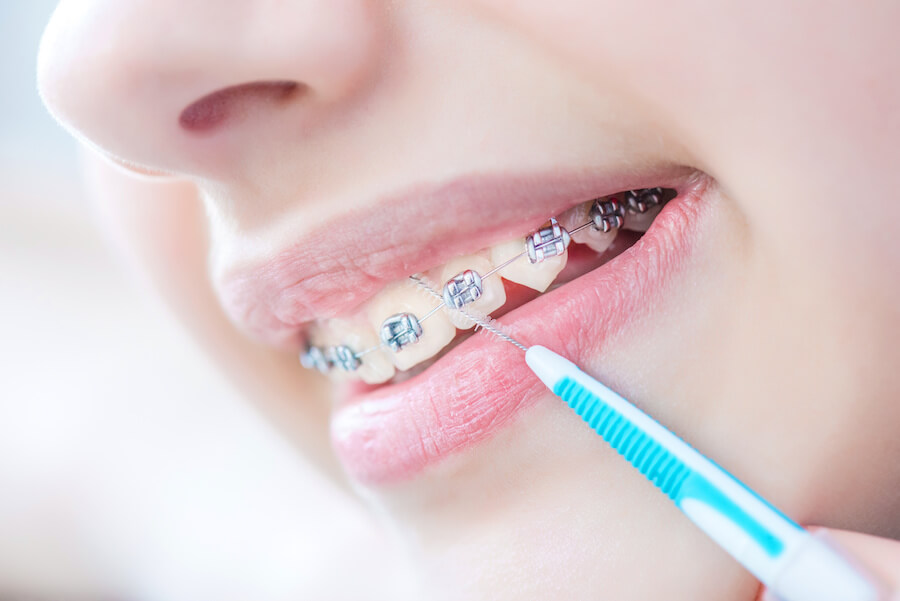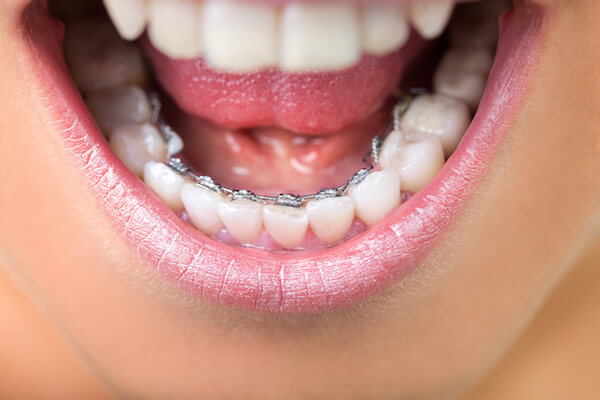Tips for Retainer Care

Your retainer is an essential component of teeth straightening and overall improvement of your smile. While taking care of your retainer may seem pretty straightforward, there are some important retainer care tips that you may be unaware of. You can make certain that your retainers lasts as long as possible by taking the best possible care of it. With the following retainer care tips, you can help achieve a beautiful and healthy smile for the rest of your life.
Always Remove Your Retainer Prior to Eating
It’s very important to remove your retainer prior to eating. If you wear a retainer while eating, it becomes all too easy for food particles to get trapped and for bacteria to take hold in the gums and around the teeth. By simply removing the retainer while you eat, you can keep both the retainer and your teeth clean. It’s also much easier to chew properly when you’re not wearing a retainer.
If you don’t have time to perform a full retainer cleaning before you re-insert it after eating, that’s okay. Just take a moment to rinse the retainer under lukewarm or cool water before placing it back in your mouth, and don’t forget to do a daily cleaning later.
It’s usually just fine to drink with your retainer in, but beware of very hot or very cold beverages as they can damage the plastic part of the retainer. If you need to drink ultra hot tea or frozen drinks, remove your retainer beforehand to be on the safe side.
Store the Retainer Properly Each Time You Remove It
It’s important that you store the retainer properly each and every time that you remove it from your mouth. Sometimes it may be tempting to simply place the retainer in a napkin or on a tissue — but this makes it far too easy for the retainer to be accidentally tossed into the trash. Use your retainer case all the time and you’ll keep the retainer protected from accidental disposal and keep it clean at the same time.
Cleaning Your Retainer
Just as it’s essential that you clean your teeth properly each day, your retainer needs to be carefully cleaned as well. Your retainer is constantly in direct contact with your teeth and the soft tissues in your mouth, which means that a dirty retainer can quickly spread bacteria around your mouth. Always remove your retainer first and then clean your teeth and retainer separately.
There are two main ways to clean a retainer properly: brushing with a toothbrush and toothpaste or soaking in a baking soda solution. Denture cleaning tablets can also be added to a glass of water for cleaning retainers if desired. Never use very hot or boiling water when cleaning your retainer, as it can damage the plastic and change the shape of the retainer as a whole. There are also cleaning products made especially for retainers.
Don’t Leave Retainers Outside
When you remove your retainer and place it in its case, keep it with you. If you leave your retainer in your car — especially during the middle of the summer or winter — it may be virtually destroyed by the time you try to use it again. Freezing weather can crack the plastic part of the retainer, while hot and humid weather can easily melt and warp the plastic.
Need a Retainer or Help With Your Current Retainer?
Valderrama Orthodontics is a well established orthodontic practice serving patients in the Melbourne, Florida area. They offer pediatric, teen, and adult orthodontics. Their services include retainers, early treatment, traditional braces, clear braces, lingual braces, clear aligners, and sports mouth guards.
Valderrama Orthodontics is very much dedicated to making all patients feel like they are a part of the Valderrama family. They even offer a unique After School Program in which a member of the team will actually pick your child up from school to bring them in for their orthodontic care. You can then meet your child at the office before, during, or after their appointment.
Call Valderrama Orthodontics anytime to discuss retainers or any other orthodontic issues.











Let's Get Social